Born and brought up in Scotland, Ken says he loves wildness of the landscape, with the Isle of Mull being a personal favourite for shooting dramatic landscape and wildlife shots. In addition to these 10 top tips, he also advises buying a map and hunting for potential sites with interesting viewpoints. "Don't be afraid to leave the path behind", he advises, also adding that blue skies are dull and bad weather creates a more interesting photo.
1. Shoot into the sun
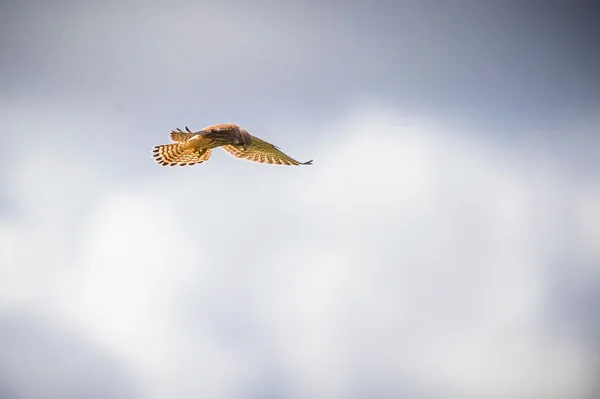
Image ©Wolfshead Photographic
We have always been told that the photographer should have the sun behind them… but shooting into the sun often brings a beautifully ethereal quality to your images with interesting lens flair. This can also give you some dramatic silhouettes.
2. Rule of thirds
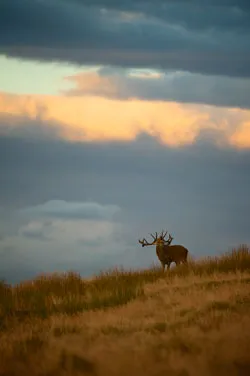
Image ©Wolfshead Photographic
Imagine a noughts and crosses board in your viewfinder. When you’re shooting a landscape image, try placing the horizon line on either the top or bottom third. When you have a main subject try placing it on one of the intersections of your imaginary noughts and crosses.
3. Contrast is Key
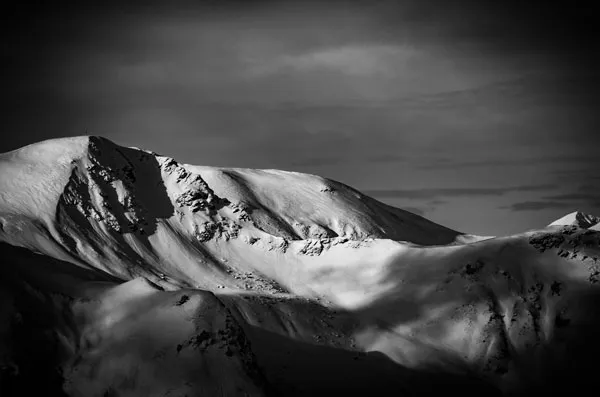
Image ©Wolfshead Photographic
Try finding contrasting elements in your images; light and dark, hard and soft, still and moving, this will give you an instant point of interest.
4. Tone on tone
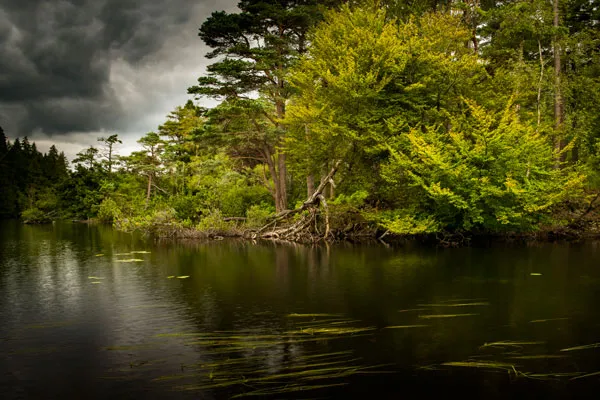
Image ©Wolfshead Photographic
Then again… on occasion it works very nicely to go monochromatic. Blue sky on blue sea, grey cliffs against a stormy sky and so on.
5. Patterns and repetition
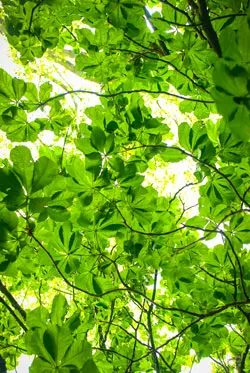
Image ©Wolfshead Photographic
Think of ripples in the sand or a mass of grasses, or a fleet of sailing boats. By focusing on just one repeated element you can easily create striking and contemporary images.
6. Change your point of view
Sometimes getting close to the ground or maybe up a little higher will give you an interesting dynamic to your images.
7. Change your format
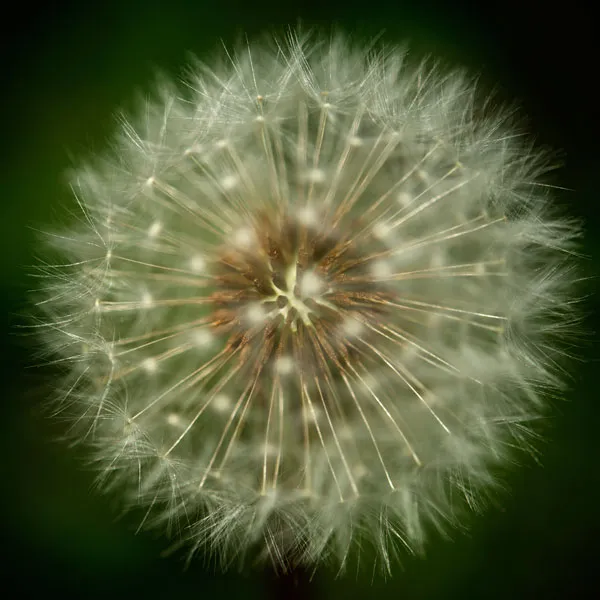
Image ©Wolfshead Photographic
Why not try shooting in squares or long and thin panoramics? Don’t forget to try turning the panoramic on its end, a perfect format for tall trees, waterfalls and skyscrapers!
8. Foreground interest
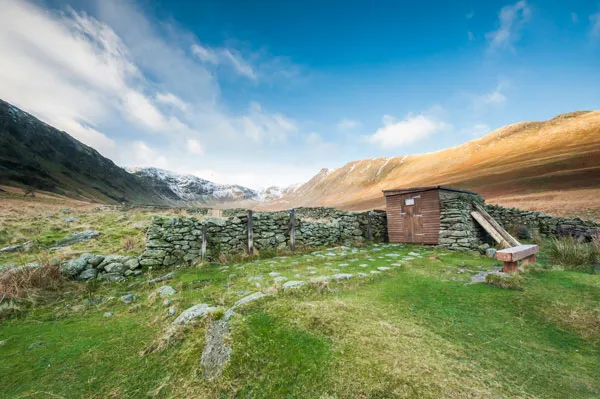
Image ©Wolfshead Photographic
When shooting landscapes try putting something in the foreground, near to the camera, this will ‘lead your eye’ into the image.
9. Get Steady
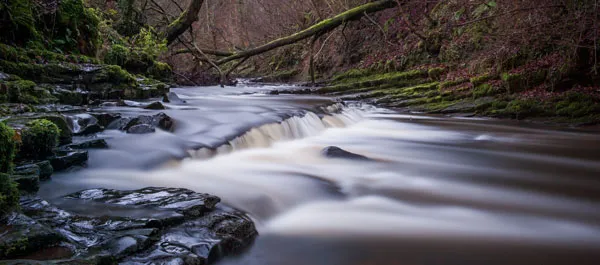
Image ©Wolfshead Photographic
Long exposures in low light can create stunning effects. Using a tripod or even a wall to steady your camera is key.
10. Choose your focus
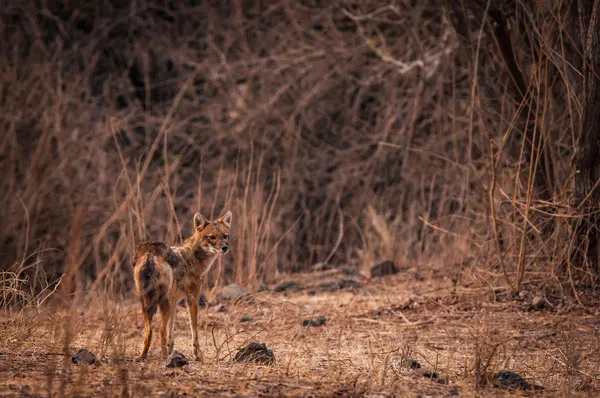
Image ©Wolfshead Photographic
Most camera phones and DSLRs will give you the option of choosing your point of focus. Using this feature along with selective focus options and/or shallow depth of field will create a professional end result.
Ken and Kitty Clark from Wolfshead Photographic were speaking at the Outdoor Adventure and Travel Show taking place at the London ExCeL from February 11-14 2016.
For more information: telegraphoutdoorshow.co.uk